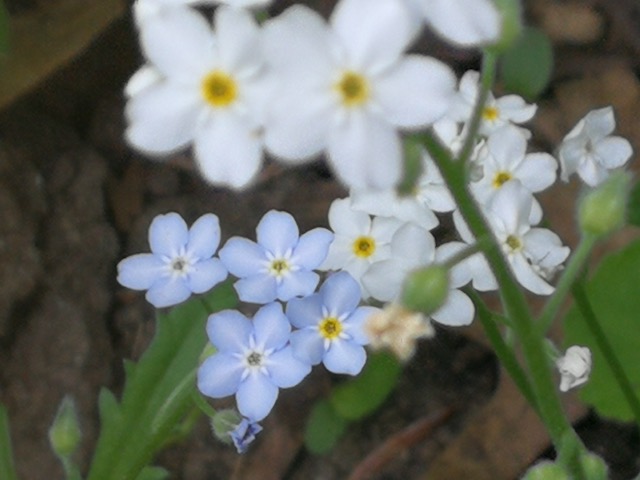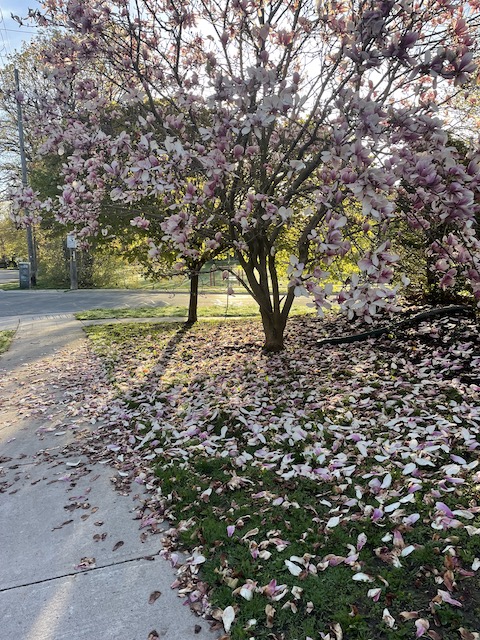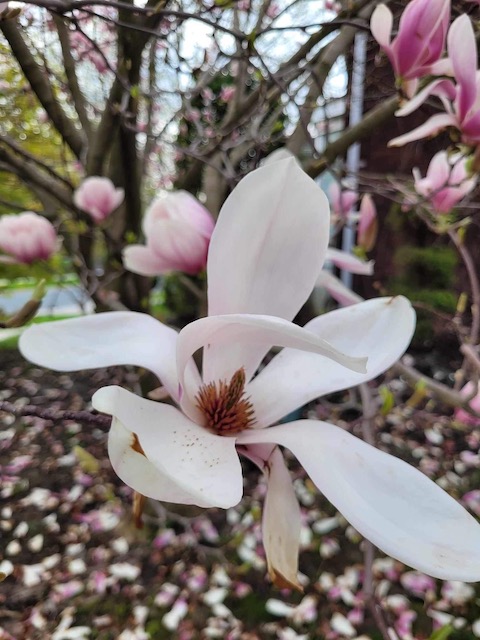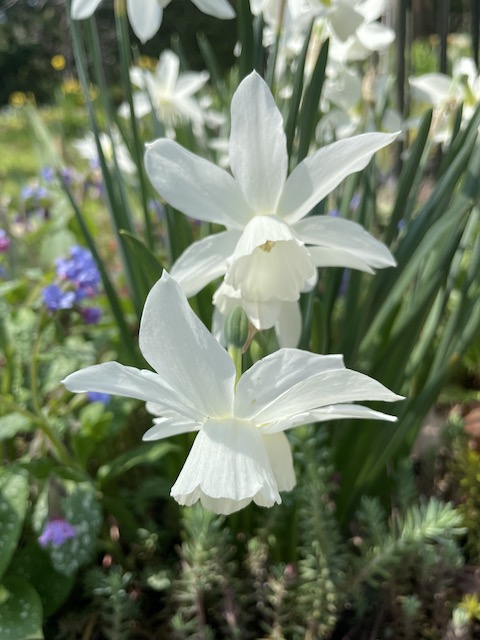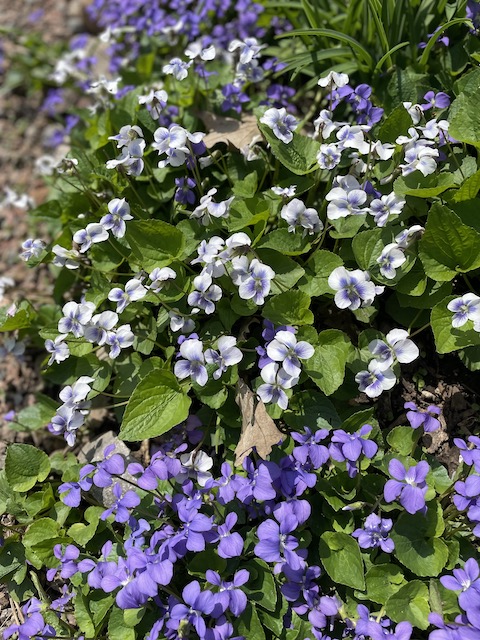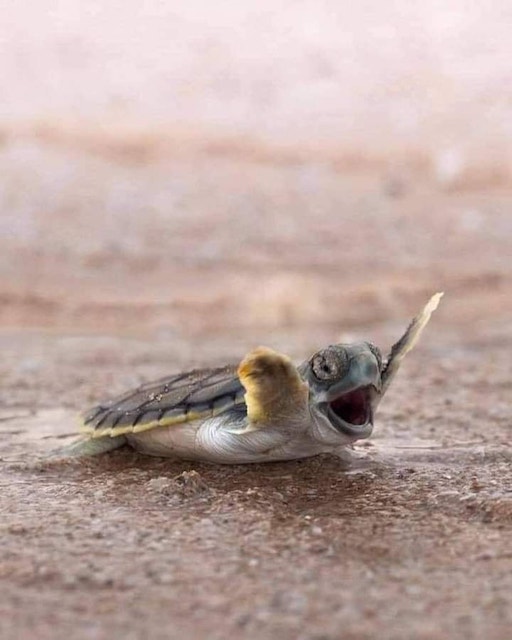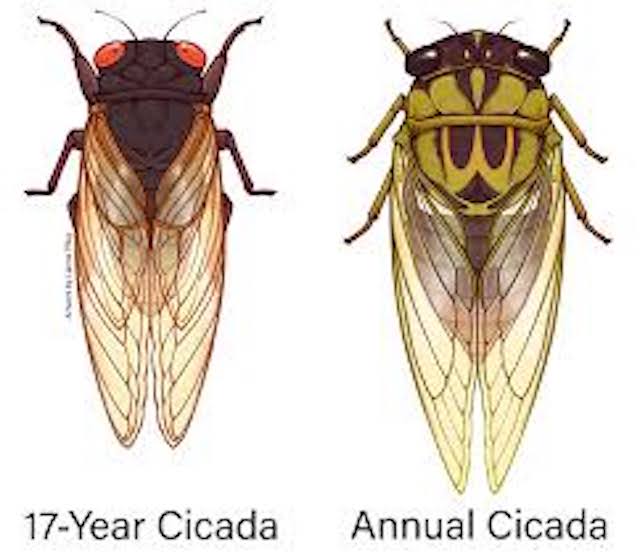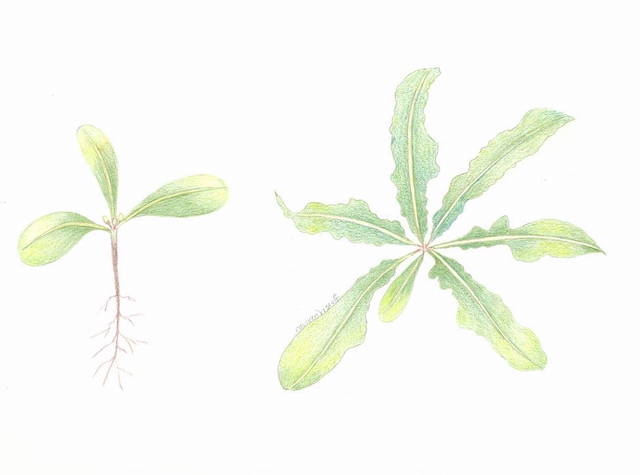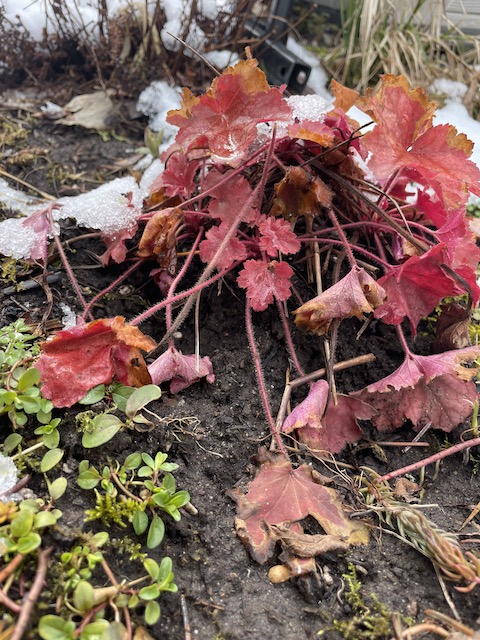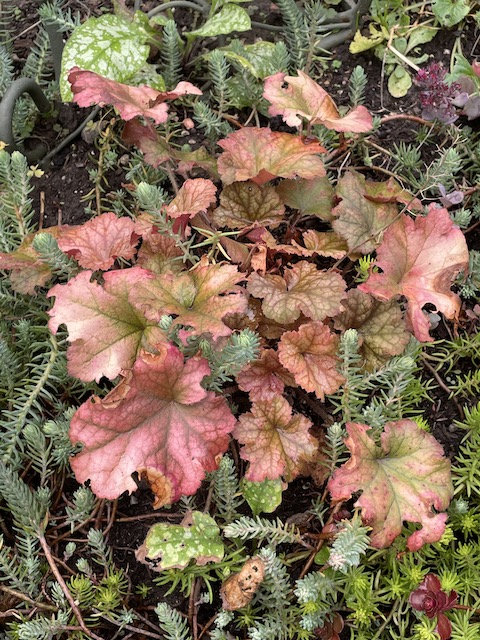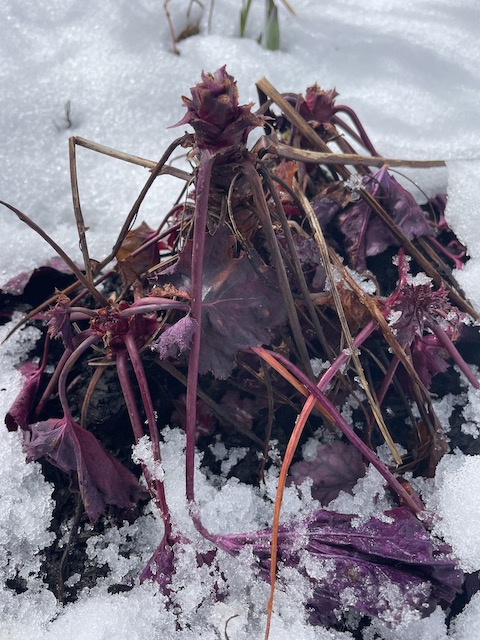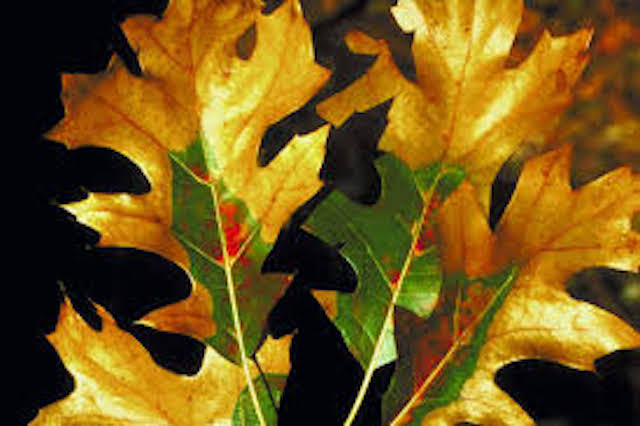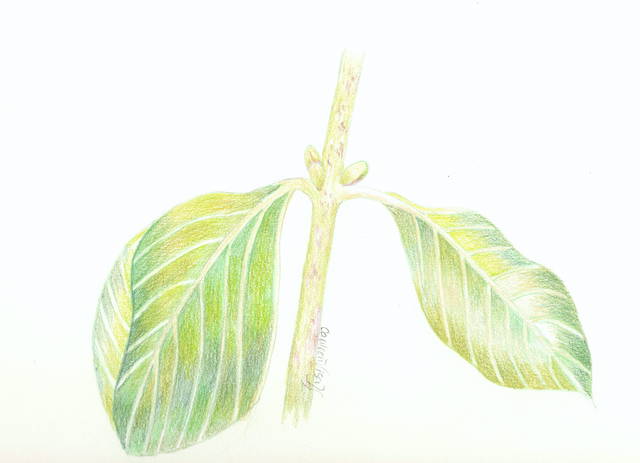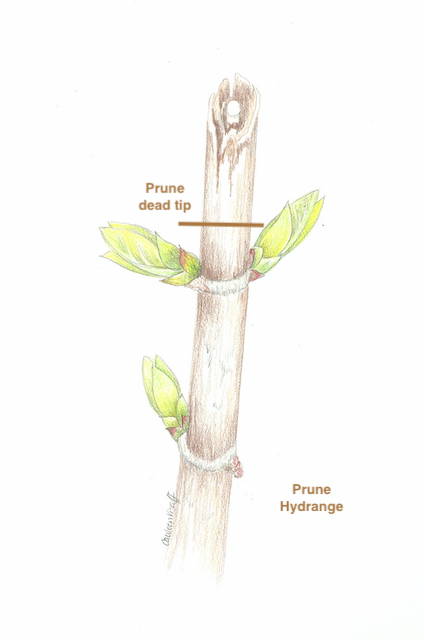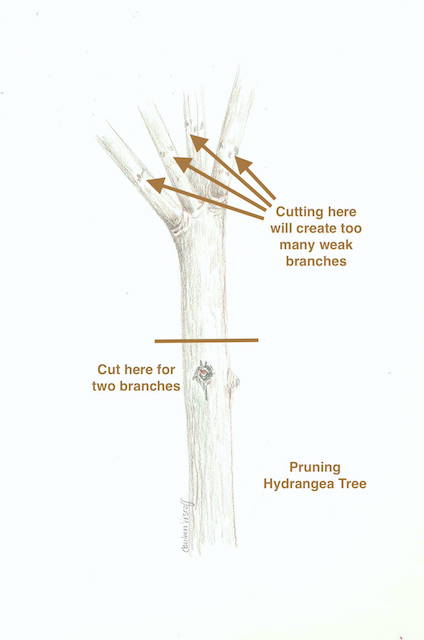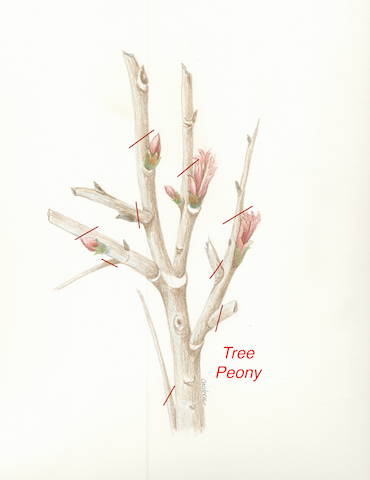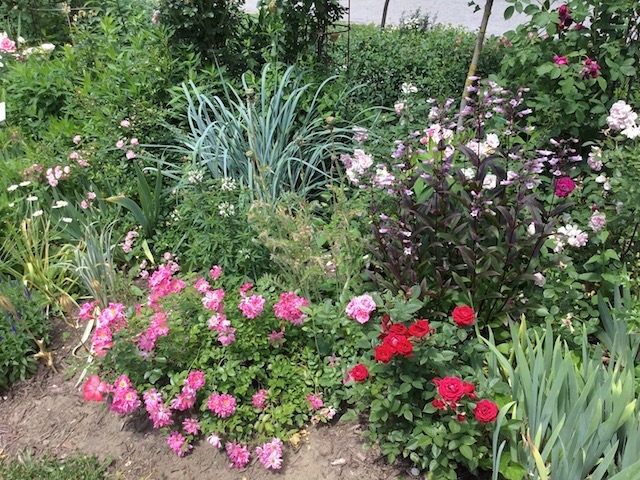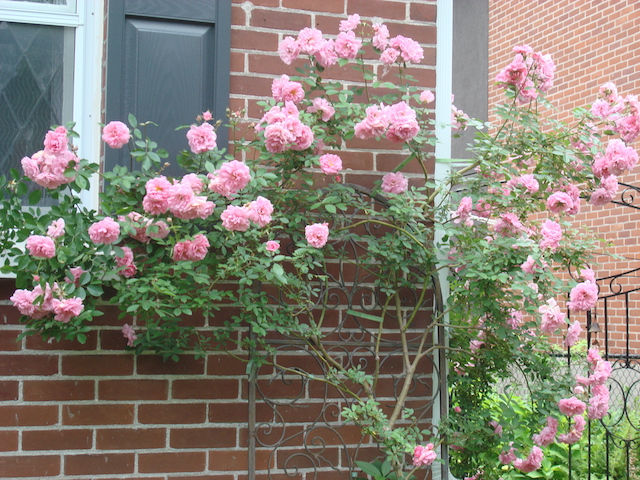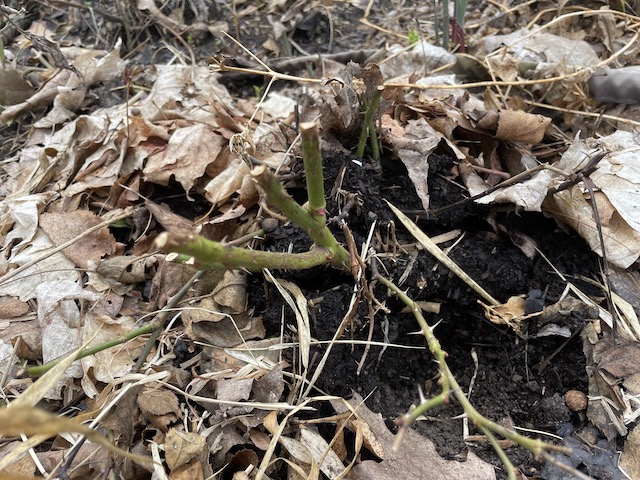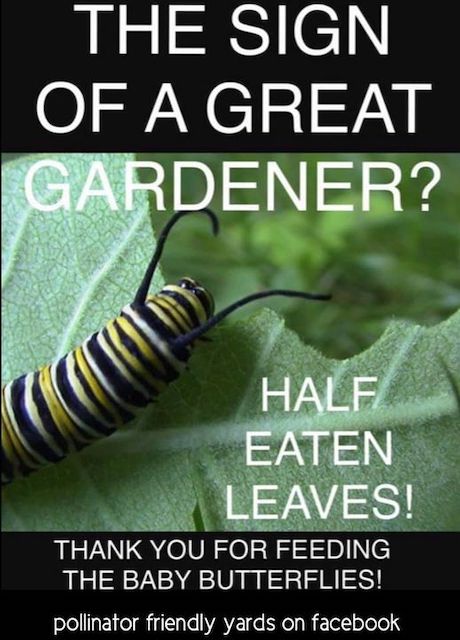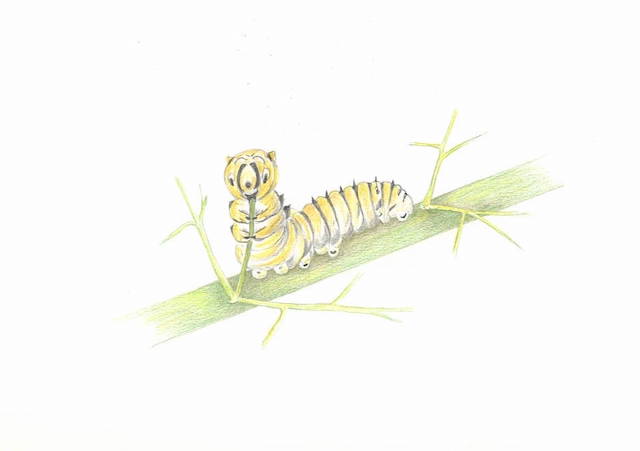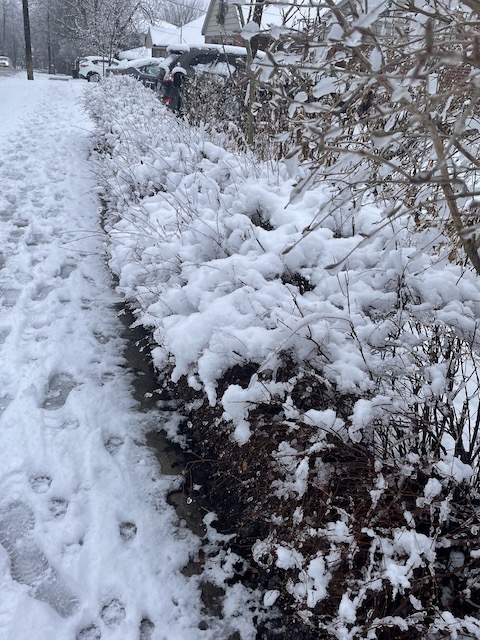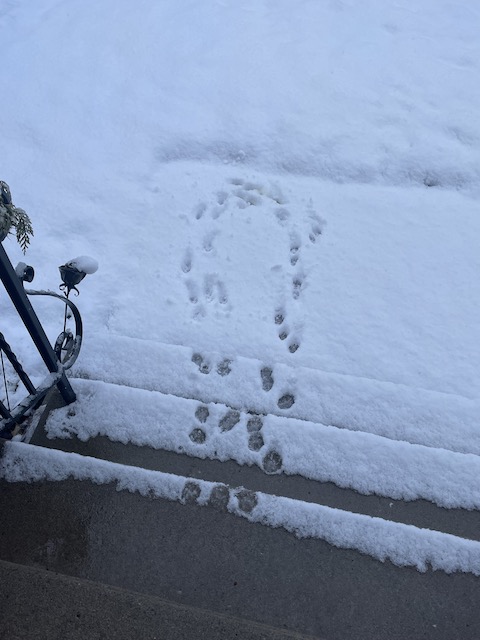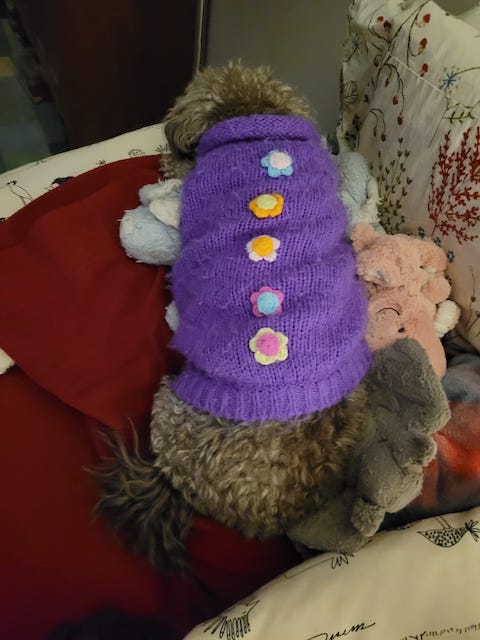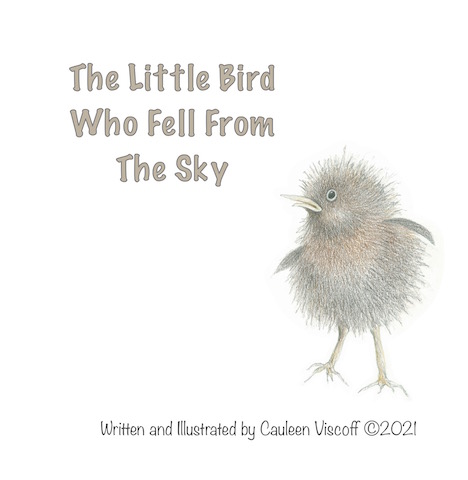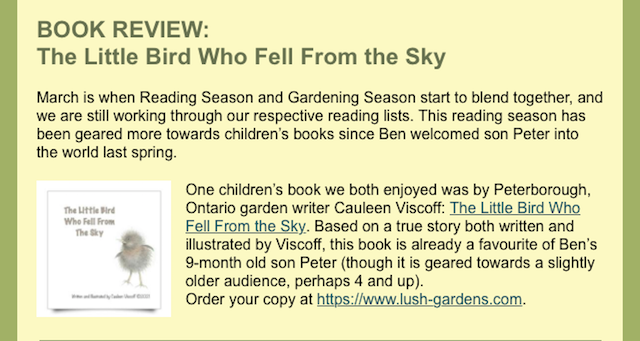| Back to Back Issues Page |
 |
|
Garden Bliss & Blunder, Issue #035 May 13, 2024 |
Spring Fever !I have Spring Fever and am using that reason for my newsletter being these few days late.... I was going to apologize, but who in their right mind would be sorry for having the scents, sounds and glorious-ness of spring in their noses (sorry allergy sufferers), dirt on their knees, bees in their hair and best of all.... FLOWERS ARE BLOOMING ! Really, how can you blame me? 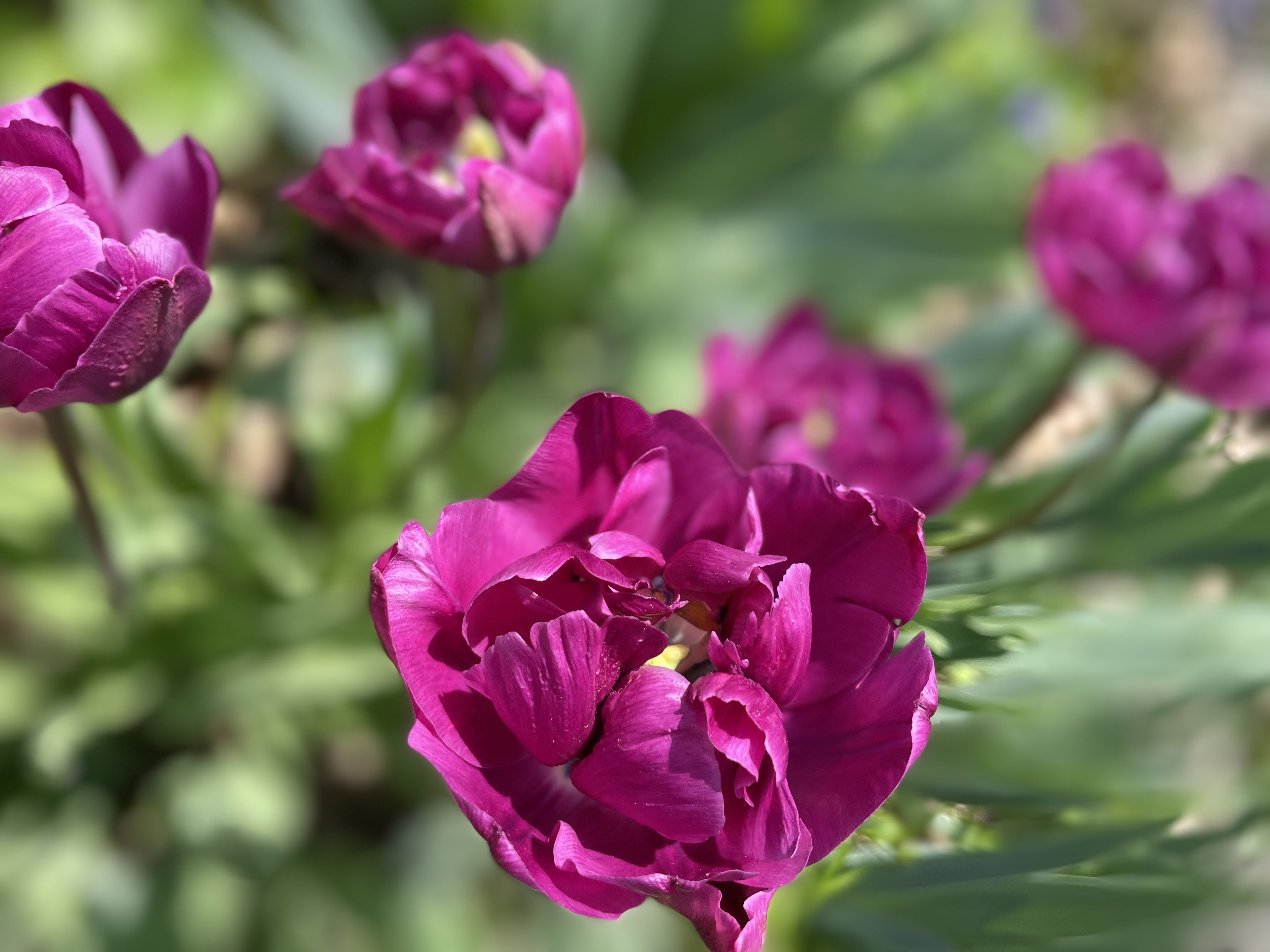
Photo by Jen Bird
Green Mulch
So perhaps think about what role they can, or do play in your garden. They are not welcome in forested areas unless they are wild. I did not plant these, then who did? I want these to be wild, because they grow with joyous abandon and they cover bare, dry soil along the side of the house where nothing else seems to want to grow. You decide.... do your research and plant because they work, because you love them, because the bees love them (yup, they love these) or .. because you can. But be intentional. Watch for Turtles...The Ontario Turtle Conservation is a turtle hospital that treats, rehabilitates, and releases injured turtles, by performing extensive research in the field to further conservation initiatives, and by running a comprehensive education and outreach program. An injured turtle needs medical attention as soon as possible! CALL US IMMEDIATELY at 705-741-5000 even if you live outside Peterborough Ontario.... they is likely a facility like this in your area. Keep our endangered turtles happy.
Cicadas...I didn't know there were so many different Cicadas.
- and the innocent looking seedling on the left could easily be mistaken for so many lovely perennials... the rosette on the right is what you would see when it matures ... a tap root makes it harder to pull when mature. DO YOUR WEED RESEARCH: there are many weed seedling photos on line that can help. Heuchera Help...
Don't be distressed if your Heuchera looks like this above....
...instead of this.... Check them as soon as the soil warms up; some of them will have lifted up, exposing the stem. Gently dig them out, shake off the soil and split them IF there are more stems and a natural break between the stems. Then either pull them apart gently or cut them but be sure there are roots on both stems otherwise only one will grow. Take off dead leaves and replant so only the crown is above the soil. (Sean James has a video (Sean James Heuchera Division Video) Be Careful: if you just search Sean James you will go down a rabbit hole of film stars. Who knew?)
Always looks worse this time of year. Just wait to fix it. Pruning...OAK TREES: NOT NOW OAK WILT is HERE in ONTARIO.... PLEASE READ: What you can do DON'T PRUNE FROM APRIL 1 -NOVEMBER 30 Don't move firewood Check oak trees for signs of oak wilt Prevent the spread Oak wilt can kill an oak tree in a single season. If you see signs and symptoms of this disease, contact the Canadian Food Inspection Agency immediately (LINK BELOW PHOTO) Learn more at inspection.canada.ca/oak-wilt
Hydrangea
HYDRANGEA TREES: First - look at the amount of growth from last season. Your new blooms will be on new growth …REMEMBER, the new growth will begin where the old growth stops and continue out from there…making your bush or tree huge with heavy blooms that can bend and break the stems.. 1. Cut back the old blooms to just above a tiny bud on the sides of the branch. 2. cut dried blooms 3. dead stems or branches 4. crossing and rubbing 5. small, weak stems that can’t support heavy blooms 6. very long branches
TREE PEONIES: Tree Peonies can seem intimidating to prune … they aren’t - Look for reddish buds like those in the sketch. Follow up the stem to the last bud nearest the top of the stem and cut just above that
ROSES: Best time is when the Forsythia blooms - (if there is no Forsythia nearby, nighttime temps need to be 10C or 50F consistently and can often be early to mid April) Prune roses how they grow - and they are not all the same They don’t all want to be cut off at ground level…. no matter what anyone says, because if you cut a climber to the ground every year, it will take a season or two to re-grow tall and bloom…. See the difference between these roses and see how they need different pruning.
Bush roses and climbers and check out the link below on rose pruning.
By the way, our neighbourhood bunny doesn't know it is too soon to prune my roses. .. arrggghhh
Grass to Garden? Why not?There are some things to consider if you are going to get rid of some of your lawn for a garden. Making a more natural, lawn-to-garden conversion can feel daunting or overwhelming... where to start and how? Choose a limited plant palate based on your garden size. The smaller the space, the smaller the species list so it is not visuallv overwhelming. 1. Choose a single-hued green base layer, (or ground-cover, to tie spaces together like your lawn did. 2. Try to have just a couple of plants in bloom at one time - the smaller the space the more important this is. 3. No perennials or annual taller than 3-4 feet. Taller plants in the middle or back of beds. Nothing tall within 4' of the sidewalk. 4. Plan for paths, benches, sculpture, bird bath, arbors, a sign, etc. 5. Don't use aggressive species. Research your plants carefully to match your site Plant in repeating masses and drifts. (Remember, exceptional claims require exceptional evidence). 6. Repetition is pleasing to the eve and helps take your eye through the garden. Masses also create a bigger beacon while reducing energy efforts for pollinators. Here is what I did...
CATERPILLARS Caterpillars are a food source for birds, raccoons, opossums, foxes etc Plants that have holes in the leaves means they are part of the food chain, supporting an abundance of wildlife. Native wildlife feed on native plants. Non-native plants without holes in the leaves are not supporting our wildlife. Please consider planting native where you can, as you can.
my sketch Late Snow....yuk
Lucy was not thrilled to have to do her business outside today.
..and then hurried back to bed; still wearing her Easter sweater.
Spring Celebrations...SOLAR ECLIPSEDo your homework and research how to view (or not) this once in a lifetime event. It is not something to be viewed without special glasses... and make sure the code on them is accepted by the folks who know. There is a lot on line...choose the site run by scientists. And, until next time...
SORRY.... SOLD OUT !!!!
Back Issues for Garden Bliss & Blunder
|
| Back to Back Issues Page |

